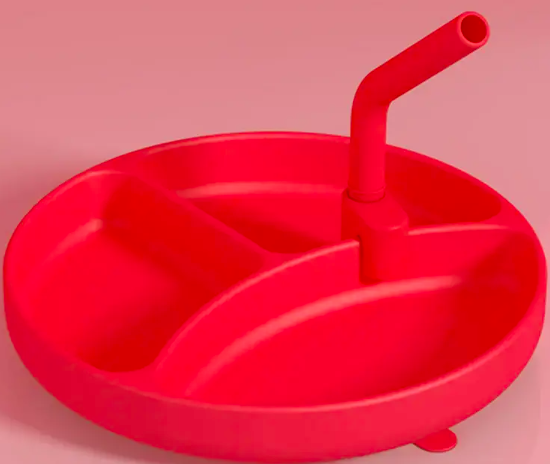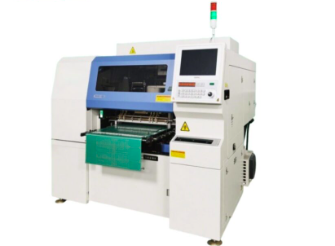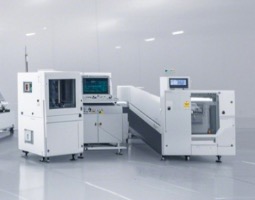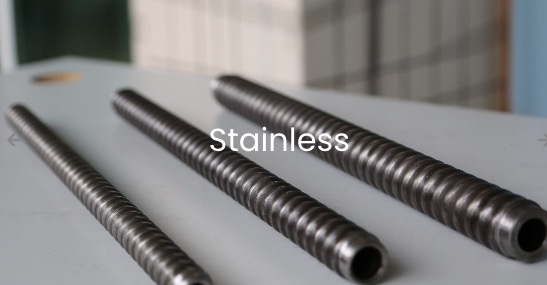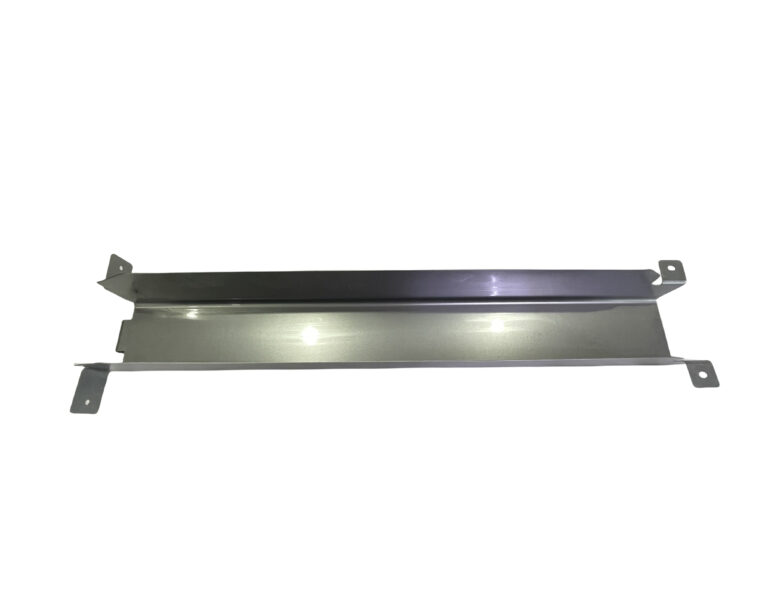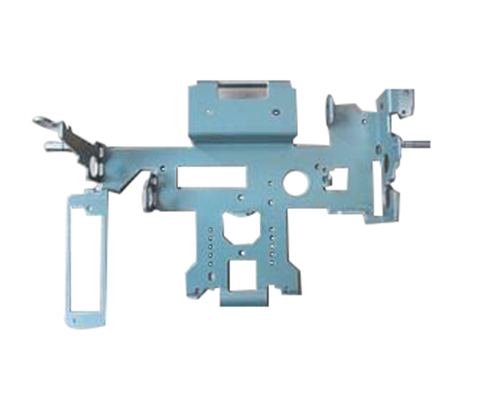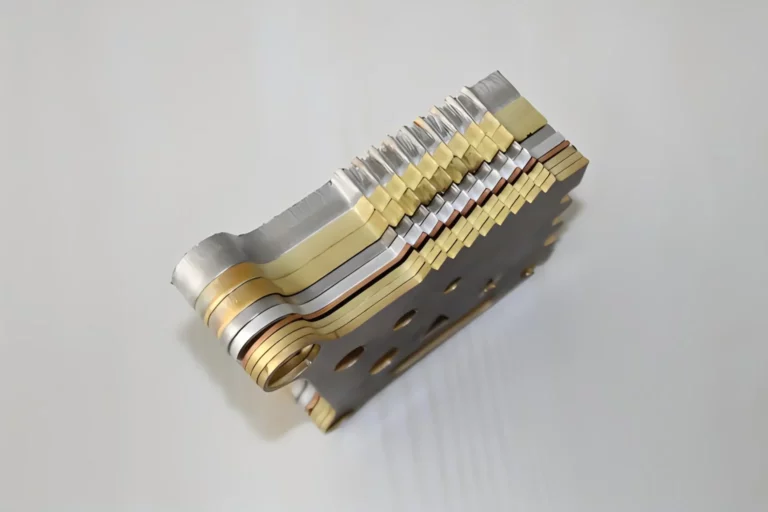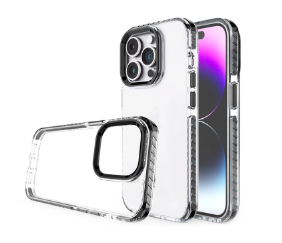Table of Contents
DIP peripherals are dual in-line package(DIP) devices with a series of versatile switches used to change the operation modes of devices manually. Their settings can be adjusted easily to suit or configure computer hardware. With DIP peripherals, there is no need for complex setups, as this mostly rectangular-shaped electronic package offers a seamless configuration.
DIP peripherals are electronic switches used to regulate electric flow within an expansion card, printed circuit board(PCB), and other computer peripherals. They are usually seen as a series of tiny switches mounted on heat-resistant polymer. Due to their sizes, users usually require a sleek object like a pencil to turn the switch, as it may be too tiny for a finger.
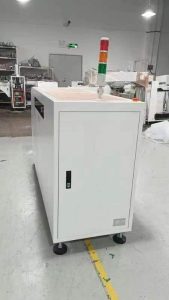
Types of DIP Peripherals
There are several types of switches based on specific application modes. These include;
- Rotary
This DIP switch has a unique rotary operation. It is mostly used to regulate electric flow to electronic devices by rotating positions to affect the functionality or configuration of a circuit. In a rotary DIP switch, the output depends on the number of rotations.
- Piano
This DIP peripheral resembles a piano due to its vertically positioned switches that operate in an upward and downward click. It’s designed to offer endless adjustment, making it very flexible and user-friendly. Piano DIP switches are mostly used when a higher resolution and finer adjustments are required.
- Slide
A slide DIP switch has two open and closed positions with industry-standard toggle switches. They can be configured to complete a circuit when activated as NO (normally open) or configured to break a circuit when activated as NC (normally closed).
Slide actuators have sliders that can be moved to configure the switch. They are suitable for frequent usage due to their durability and mechanical structure. These DIP peripherals provide functionalities such as switch count customization and encoding functionality.
DIP Peripheral Troubleshooting
It’s not rare to see electronic components getting faulty after prolonged usage, and DIP peripherals are not exempted. You can apply the correct troubleshooting methods and maintenance that will guarantee its continuous usage.
Causes of DIP Switch Problems
The most common cause of the problems you are likely to encounter with your DIP peripherals is poor contact. When the key switch is not making good contact, your switch is bound to malfunction. This can be caused by oxidation or dirt clogging it. Another problem is damage, usually caused by prolonged usage that results in tear and wear. Soldered points can also develop faults if they are not properly soldered.
Troubleshooting Methods
- Use a soft brush to remove dirt from the switch.
- Check for damages and replace all the worn-out or damaged parts.
- If you find any faulty soldered point, reapply the solder paste if possible or replace the damaged switch.
Maintenance Tips
- Ensure that you clean your switch at a regular interval
- Do not expose your DIP peripherals to excessive heat, moisture, or dust.
- Inspect your switch for damaged parts.
- Avoid applying too much pressure to the switch key to prevent mechanical damage.
Conclusion
DIP peripherals help to regulate electric flow to your computer peripherals and other electronics. Getting the right type for your work goes a long way in ensuring its durability. Most importantly, knowing how to troubleshoot and maintain your DIP peripherals will amplify its durability.
0

